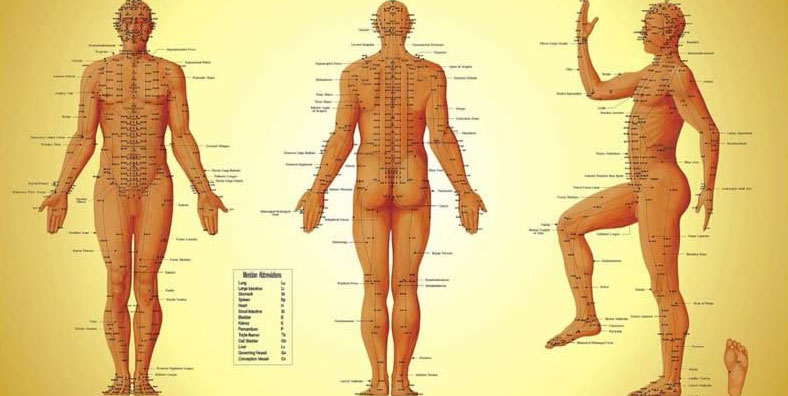Over three thousand years old
Chinese Medicine is more than three thousand years old, yet it has continued to evolve and remain of relevance to today.
Chinese philosophy believes each and every person displays a landscape, that when balanced, is healthy. If there is an imbalance, the person becomes ill.
Traditional Chinese Medicine describes a complex system of “channels” and their connecting vessels as the distribution system that carries Qi (pronounced Chee and meaning ‘energy’), blood and fluids around the body.

It is tempting to think of these channels in the same way we think of blood vessels, arteries, veins and capillaries that carry blood around the body. The Chinese “channel” system is indeed responsible for the distribution of the basic substances through the body, but unlike the conventional anatomy and physiology – these pathways are not identified in a physical sense, but operates very much at a subtle energy level. - Qi, Blood, Jing and Shen are all essentially energetic properties.
A useful analogy used to describe Qi is that of a river - A river has a source and it follows its course ultimately to the sea. - As it flows it will vary from shallow to deep and from quick to slow flowing. - Yet it always follows the most “natural” path.
Qi permeates everything in the Universe
Chinese philosophy believes Qi permeates everything in the Universe - there is nothing that is not a manifestation of Qi. - In the human form, if anything occurs to weaken or block this energy (Qi) flow in any way, then the result will be an energetic imbalance, which in turn will manifest itself in the physical as disease or illness.
Along the “channels” are what can be best described as “access points” (acupuncture points) and by using incredibly fines needles inserted into these “access points” one can change the pattern of the energy system by removing blockages along these “channels”, therefore restoring the patient back to good health.
Today, billions of people use Chinese Medicine. Comparatively, Western Medicine - with only a few hundred years in practice - is young and relatively untested.